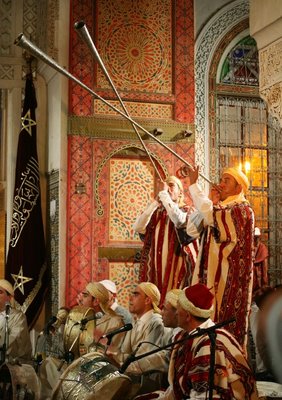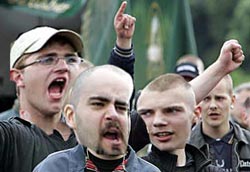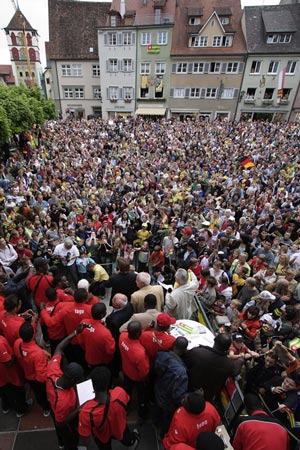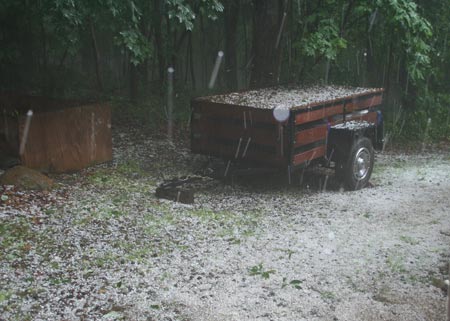Togo knocked out of the Worldcup
June 19th, 2006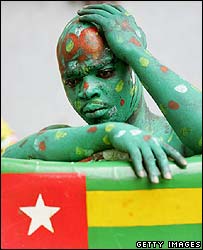 The picture says it all: the 2-0 loss of the Eperviers against Switzerland is no big shock to most, but nevertheless a big disappointment to many. It seems that the back-and-forth over the premiums, and the FIFA’s “play-or-else” order, left very little spunk in that team. Sadly, Togo’s first Worldcup appearance will not primarily be remembered for the quality of the football the players played, but for the incompetence of their management.
The picture says it all: the 2-0 loss of the Eperviers against Switzerland is no big shock to most, but nevertheless a big disappointment to many. It seems that the back-and-forth over the premiums, and the FIFA’s “play-or-else” order, left very little spunk in that team. Sadly, Togo’s first Worldcup appearance will not primarily be remembered for the quality of the football the players played, but for the incompetence of their management.
(Image copyright Getty Images)
The BBC’s James Copnall wrote a piece that, despite its snarky, almost condescending tone, scratches the surface of the Togo story slightly deeper than the usual “greedy-players” line of the ESPN talking heads. At least he bothers to ask some Togolese what they think:
“A famished player cannot play good football, so I think they should get the money,” one fan said.
“After all, the World Cup has brought lots of money into Togolese football, and it should go to the players.”
Fifa gives each nation that qualifies for the World Cup $5.7 million (£3.1m), and each country makes additional money from sponsorship.
“If the players don’t get the money it will just go straight into the pockets of the administrators,” said another fan.
Bonus row haunts failed Togo bid, BBC News, 19 June 2006
Yeah, the Togolese get it. They know their officials. If the FTF pockets all the FIFA money and the players have to hitch-hike home, it still does not really qualify as a proper scandal in Togo. I mean, the official Togo government mouthpiece proudly announced today that the President Faure Gnassingbé appointed his brother Mey Gnassingbé to a juicy government post. Imagine George Bush announcing that he appointed his brother Jeb to be the FEMA Director. Uh – bad example – Jeb already HAS a juicy government job in Florida …
The NY Times also manages to see a bit past the “greedy players” line:
At the heart of most of Togo’s team troubles is money. The bonuses the players seek may seem disproportionate to the means of the country, which is slightly smaller than West Virginia with a population of about 5.6 million. But the equation is not that simple. Togo’s Sparrow Hawks are all professionals with European and Middle Eastern clubs, and the star forward Emmanuel Adebayor plays for Arsenal, the English power.
[snip]
Each federation receives $5.8 million from FIFA for qualifying for the World Cup. The eventual champion will receive a bonus pool of $21.8 million. Viewed in that context, the demands by Togo’s team are perhaps less strident.[snip]
The president of Togo’s soccer federation, Rock Gnassingbé, whose brother, Faure, is president of the country, has been accused by the federation’s treasurer of a lack of accountability in handling finances, according to news reports.
Togo’s Chaotic Trip to Remember and Forget, Ny Times, June 14, 2006
Uh, yeah … you read that correctly … the president of the the FTF (Federation Togolaise de Football) is the brother of the countries president, Faure Gassingbé, who is the son of the former president of Togo, Gassingbé Eyadema. Get it? Togo is a family business, of sorts. And in the end, this nepotism is directly responsible for the $1,600-a-year per-capita income of Togo. And now this nepotism spoiled Togo’s innaugural appearance at the Worldcup.
